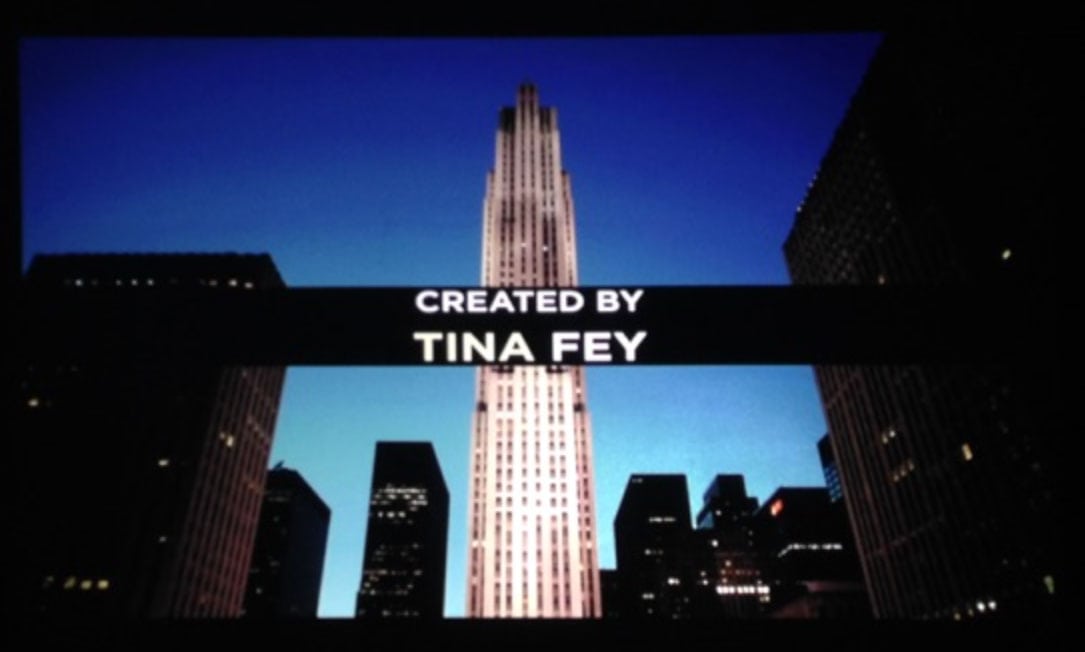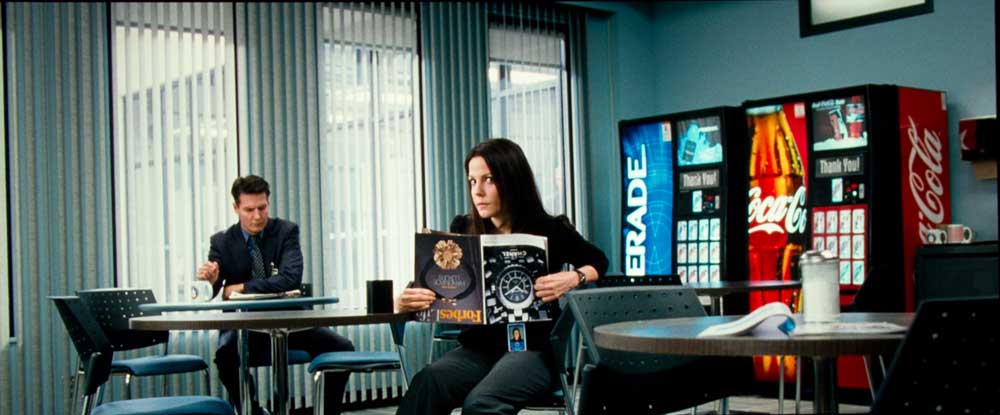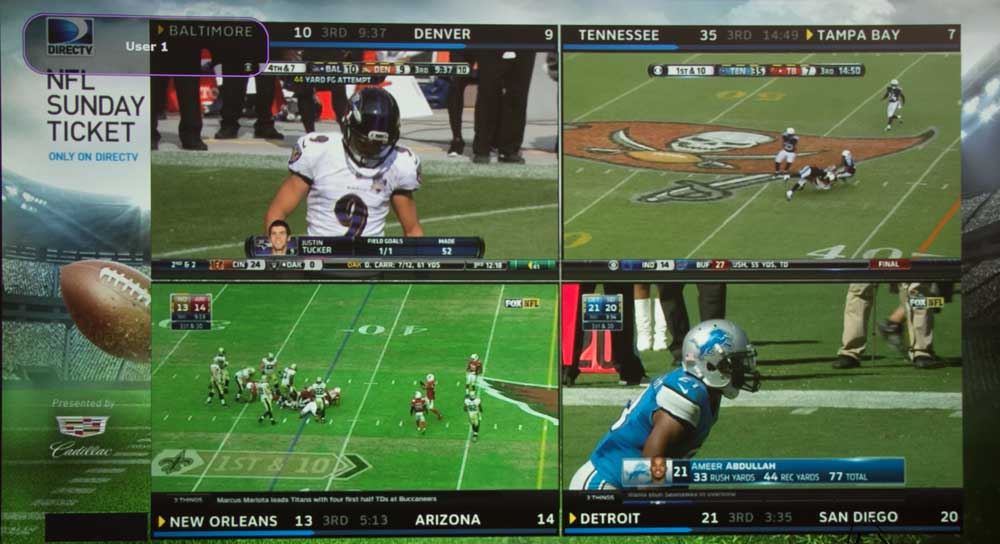The Affordable, Portable: Optoma ML750 Pocket Projector
I didn't get to review the Optoma ML750, but it comes very highly recommended by someone I trust. That would be my daughter Lisa, who has helped out with our site for the better part of a decade. I arranged for her to try out an ML750 projector since she lives in NYC, and as is not unusual for today's millennials, she and her roommate do not own an LCDTV. They mostly have watched TV and movies on phones and laptops (how depressing!).
Well, Lisa has been using the ML750, and using it far, far, more than she originally expected to. Unlike our typical review, her review of the ML750 �spends a lot of time talking about the experience, so check it out.
The list price on this Optoma projector is high, but no worries, the street price between $500 and $600. Thus the ML750 probably won't break your budget, but it might put a dent into it. A dent that's worth it.
Some ML750 highlights to get you all fired up:
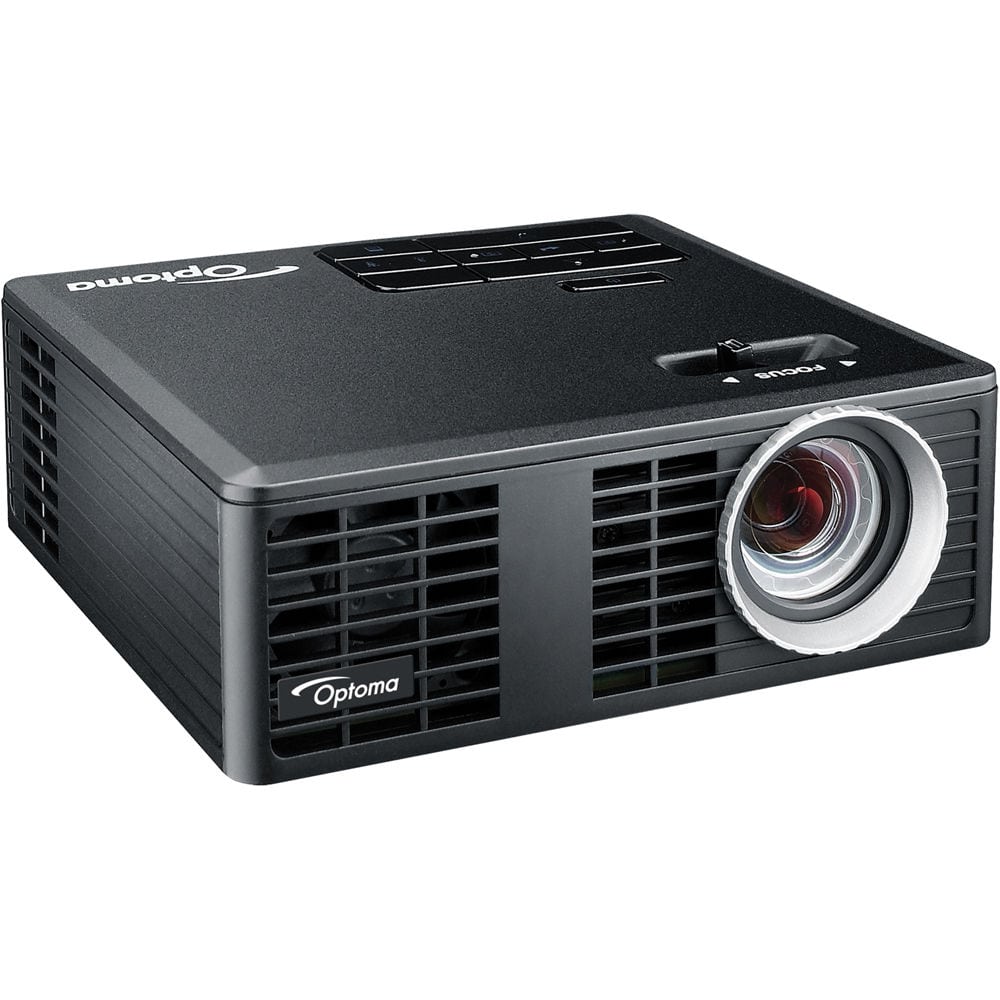 Click Image to Enlarge
Click Image to Enlarge
The ML750 is a true portable, weighing in at only 0.9 ls. Oh, there's a power brick for it too, but even with that you are looking at less than 1.5 pounds. It has HDMI with MHL, USB and a micro SD card slot. Sweet!
This WXGA resolution Optoma - that's 1280x800, slightly higher resolution than 720 HD, is capable of 700 lumens output.
That folks, is really bright for a pocket projector this small. It also means that the ML750 is bright enough to produce a large image for your home entertainment. 100" diagonal screen sizes are easy with this projector if you darken your room, in fact, the standard for brightness established by the SMPTE (movie theater engineers), says you only need about 400 lumens for a 100" screen! Power to spare, or rather extra brightness for tackling some ambient light.
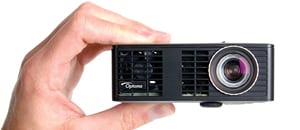
The ML750 is one small projector, but these hands seem bigger than most, making it look even smaller.
It's also easily bright enough to double as a business projector.
No, not for really large groups, but bright enough to produce a typical 60-72" diagonal screen in a conference room with some lighting control - and do a really good job!
Can you say "tax write-off?" Plug it into your computer, tablet or phone - as mentioned above, it has an HDMI input that supports MHL for working with streaming sticks, or you can go "computer free" using its built in media player to show Microsoft Office documents, or simply to view your photos and videos. As I said, versatile. Did I mention the built in speaker and the stereo audio out so when streaming, you can play your sound through a bigger sound system if you have one! Again, check out Lisa's review.
When it comes to mobility, the ML750 even comes with a soft carry case. Talk about a great holiday gift. It's cool, easy to use, and produces a sharp image with good color, whether for business or for fun. And, it should prove to be a lot of fun as well, as a gaming projector. What's not to like! The Optoma ML750 is available online and in some "big box" retailers as well: A great Black Friday treat!
[prsku sku="ml750"]
Elite Screens VMAX Dual - A Screen with a Special Mission
Elite Screens is a well known, major seller of projection screens, in all sizes and shapes, for all types of normal and some unique applications, but the VMAX Dual is one of the most unusual screens available.
Let me rephrase that: It's not one screen, but a dual screen system, thus the name VMAX Dual. VMAX Dual screens start at $999. That's pretty darn good for two motorized screens, not just one.
 Click Image to Enlarge
Click Image to EnlargeHere's the thing: In the real world of home projection, content typically comes in two shapes these days: 16:9, the standard for HDTV (and pretty much the same aspect ratio for wide screen computers sporting resolutions like WXGA and WUXGA.
But then there are also the majority of movies, old and new, which are what we call "wide screen" or Cinemascope shaped. Those movie images are over twice as wide as tall, typically 2.35:1 (16:9 is 1.78:1 - that's today's math lesson). When you watch those movies on a typical HDTV type setup, you get black bars at the top and bottom with a 16:9 screen.
So here comes Elite, with a motorized screen assembly with two different screens inside - one is shaped 16:9, while the other is a full 2.35:1. Life is simple - watching sports, or other HDTV - drop down the 16:9 screen...
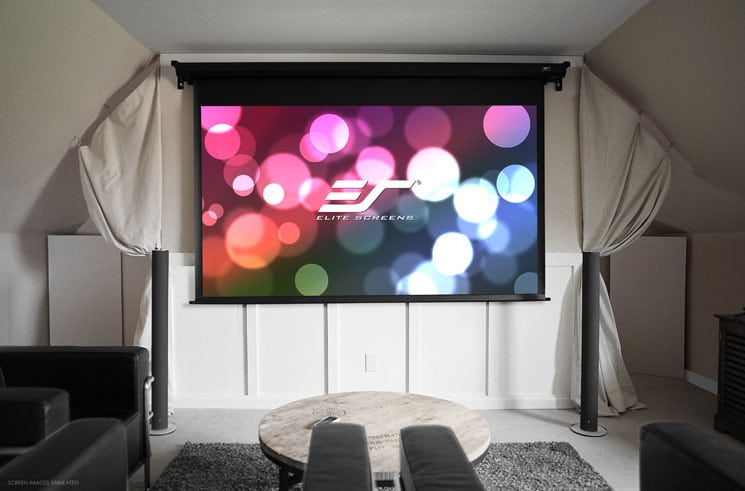
for those wide screen movies, use the 2.35:1.
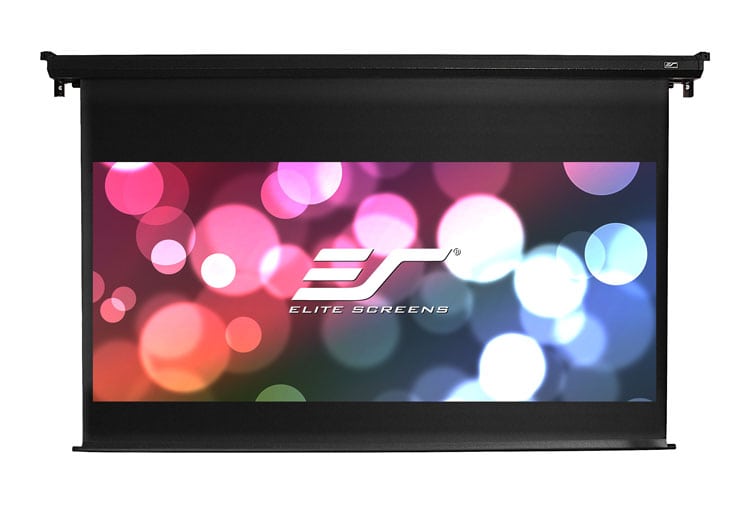
Great. The only issue, of course is adjusting your projector image accordingly to fit. Now normally, before the VMAX Dual, to enjoy a Cinemascope "wide" movie with letter boxing at the top and bottom on a 16:9 screen Or you have a much more expensive projector with Lens Memory (most are $4000 - $20,000+ that adjusts the lens and lens shift to work with a wide screen, but then, you have a letter box when working with a typical 16:9 picture.
With the VMAX Dual, when you have a widescreen movie, you simply use the widescreen, when watching normal HDTV or a 16:9 movie, use the 16:9 shaped screen. Basically you switch back and forth at the touch of a button. Pretty Cool! And no large chunks of letter boxing!
I know, I do it all the time as in my home theater I have two separate screens, one if which is 2.35:1 and the other 16:9. Believe me, the VMAX Dual is far less expensive than having two separate screens. As to the finer points, it comes with an RF remote control, and it works with 12 volt screen triggers. The standard surface is 1.1 gain. All considered a versatile screen especially great for the movie enthusiast. And since there's no letter box visible on those wide movies, you don't have those gray bars to distract from the picture, doubly important with todays less expensive projectors which lack great black level performance!
An extra thought or two about projector screens...
In a well thought out room for projection - aka home theater or "cave", the most common screen surface is a white matte one with a little gain - typically 1.1 to 1.4, but once you leave the theater, you have to typically deal with more ambient light, so other screen solutions can work better. I've always tended to recommend high contrast gray screen surfaces for more family room/ living room type layouts, because those gray surfaces are much better at rejecting side ambient light, helping your image have more pop. Those gray surfaces also help lower black levels when the room is dark, making a good projector seem like a better one. For those really challenging rooms there are also light absorbing screens, which can tackle quite a bit of ambient light.
Our other Holiday Guide this year, features one of each type of those screens so you might want to check that guide out. Or, if you want to see how good a picture a bright projector - like our next one, paired with the right screen can be, check out our bright room video! Folks, that bright room is my living room, I can tell you, it worked out pretty darn good, in a room that a few years ago was considered impossible for projection!
The Affordable BenQ HT3050 Home Theater Projector
My comments about the HT3050 are in part based on my recently completed review of the HT4050 projector, which is the HT3050's big brother and very similar especially when it comes to picture quality. I was most impressed. Although not quite as bright, and offering a little less placement flexibility, the HT3050 shares the REC 709 color mode, and based on the 4050, the HT3050's color should be close enough to dead on in terms of accuracy, without needing a calibration. The rest of this pretty much applies to both models:
I haven't started reviewing the HT3050 yet so all these images are from the HT4050 photo shoot. I wouldn't expect any visible differences in the images between these two, certainly nothing that could be seen by looking at our image player.
Most under $2000 projectors are strictly "home entertainment", but I count the full HD HT3050 (and HT4050) as being more home theater projector.
With a street price of $999 (by comparison, the 4050 is $1399 officially). We expect this 1080p full HD projector to put out an image with outstanding color, right out of the box.
Be excited: The HT3050 has good placement flexibility, sporting a 1.3:1 manual zoom lens and a modest amount of lens shift.
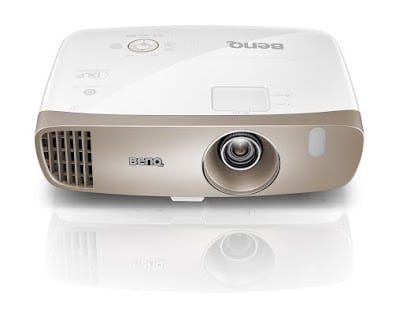 Click Image to Enlarge
Click Image to Enlarge
You can count on the HT3050 to have improved black level performance compared to the typical sub-$1000 home entertainment projectors.
The photos begin to give you a good idea as to how good the HT3050 will look in your living room, bonus room, or if you can - home theater.
I figure the HT3050 is at its best in a dedicated theater or cave type environment, but with 2000 lumens, it can tackle some less than ideal rooms, with some ambient light present. Just remember, if your room isn't ideal, you will want to choose a screen to accompany the HT3050, that will maximize its performance, by minimizing the effect of ambient light! Don't forget.
Huge sound! OK, no projector's built in speakers are going to rival a $200 HTIB (home theater in a box), let alone a $500 or $1000 surround sound system, but at least BenQ makes a serious effort. They've packed a pair of 10 watt speakers into this projector, and it can deliver room filling volume, and sounds pretty darn impressive.
And an optional Wireless module is announced - and will be shipping in January (2016). Very cool!
Other highlights include having two HDMI ports -with MHL on one of them for plugging in a streaming device, such as a Roku stick or those from Amazon, Google, etc. Netflix anyone?
The HT3050 does full 3D as well, and I should point out that having those 2000 lumens under the hood helps make 3D on this projector reasonably bright - normally a challenge for most home theater projectors.
While I consider the HT3050 a great overall choice, I still come back to pointing out that perhaps what it does best, is provide excellent color, without any adjustment. We're talking a picture with colors more accurate than most people can hope for with a typical LCDTV. So, maybe it's time to treat yourself to a great home theater projector for the price.
Check out the review of the HT4050 (until I get the HT3050 done). Mostly this is what you get for your extra $400 with the HT4050: CFI - smooth motion, and I would expect, slightly better black level performance, plus a good deal more placement flexibility. Overall, consider the HT3050 the better value of the two, but the HT4050 would be the choice for those looking for an edge in performance.
A last thought: If I had less than $1000 to spend on a projector, this HT3050 would definitely be on my very short list!
OK, we're not done yet. Two more projectors to go, so check out the next page, where we feature our smallest entry:
The tiny LG PH300 pocket projector
And our brightest projector in this guide, one designed to tackle almost any room:
Epson's brand new Home Cinema 1440!
[prsku sku="HT3050"]





